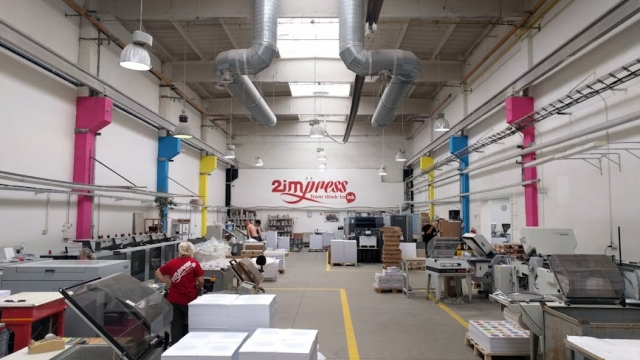
In the ever-evolving beverage industry, the ability to efficiently and accurately package products is vital for success. automated filling machines have become essential tools for producers of carbonated beverages, allowing for higher production rates, improved consistency, and reduced labor costs. These machines streamline the bottling process, ensuring that drinks are filled accurately and with minimal waste. Understanding the features and functionalities of automated filling machines is crucial for manufacturers seeking to enhance their operations.
Overview of Automated Filling Machines for Carbonated Beverages
Automated filling machines are designed to dispense precise amounts of liquids into containers, which is particularly important for carbonated beverages where maintaining carbonation levels is essential. These machines utilize various filling technologies, including gravity filling, pressure filling, and vacuum filling, each suited for different types of products. In the context of carbonated drinks, pressure filling is often preferred as it helps to preserve the carbonation during the filling process.
Key Features and Specifications to Consider
When evaluating automated filling machines for carbonated beverages, several key features and specifications should be taken into account:
- Filling Speed: The speed at which the machine can fill containers is critical for maximizing production efficiency. Machines vary in their capabilities, so selecting one that meets your production demands is essential.
- Container Compatibility: Consider the types and sizes of containers that the machine can handle, such as glass bottles, PET bottles, or cans. Some machines are versatile, while others are designed for specific container types.
- Filling Accuracy: Precision in filling is vital to avoid overfilling or underfilling, which can lead to waste and customer dissatisfaction.
- Ease of Cleaning: Given the nature of beverage production, machines should be easy to disassemble and clean to maintain hygiene and comply with safety standards.
- Control Systems: Look for automated filling machines with advanced control systems that allow for easy adjustments and monitoring of the filling process.
Comparative Analysis of Popular Models and Pricing Options
There is a wide range of automated filling machines available on the market, each with distinct features and price points. Popular models vary from basic machines suited for small-scale operations to high-capacity machines designed for large manufacturers. When comparing models, it is essential to consider not only the initial purchase price but also the operational costs, including maintenance and energy consumption.
Some manufacturers offer customized solutions that can be tailored to specific production needs, which may alter pricing significantly. It is advisable to obtain quotes from multiple suppliers and evaluate the total cost of ownership, including potential return on investment based on production efficiency.
Maintenance and Operational Tips for Optimal Performance
To ensure the longevity and efficiency of automated filling machines, regular maintenance is crucial. Here are some practical tips:
- Routine Inspections: Conduct regular inspections to identify any wear or damage to components that could affect performance.
- Lubrication: Proper lubrication of moving parts helps to reduce friction and wear, extending the lifespan of the machine.
- Calibration: Periodically calibrate the machine to ensure filling accuracy, especially after maintenance or adjustments.
- Cleaning: Implement a strict cleaning schedule to prevent contamination and ensure compliance with health regulations.
Future Trends in Automated Filling Technology
The landscape of automated filling technology is continuously evolving. Future trends may include advancements in machine learning and artificial intelligence, allowing for even greater precision and efficiency in the filling process. Additionally, sustainability will likely play a more prominent role, with manufacturers seeking environmentally friendly solutions that reduce waste and energy consumption. As the beverage industry adapts to changing consumer demands and technological advancements, staying informed about these trends will be essential for producers looking to remain competitive.
In conclusion, automated filling machines are an indispensable asset in the production of carbonated beverages, offering efficiency, accuracy, and scalability. By understanding the key features, comparing models, and implementing effective maintenance strategies, manufacturers can optimize their operations and ensure a successful bottling process. For more detailed information on various models and specifications, consider exploring options available through specialized suppliers.
